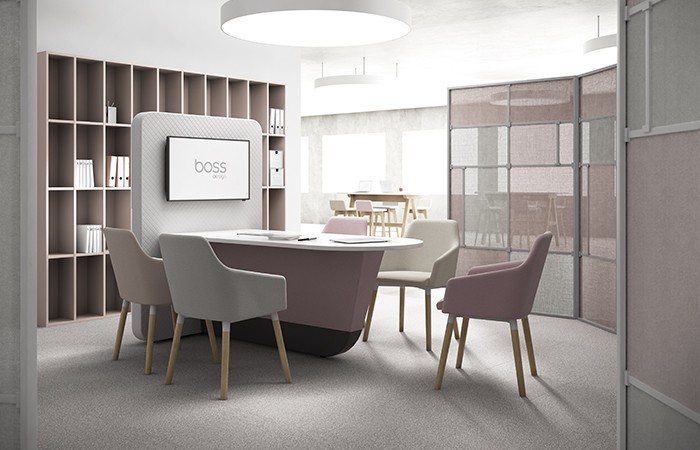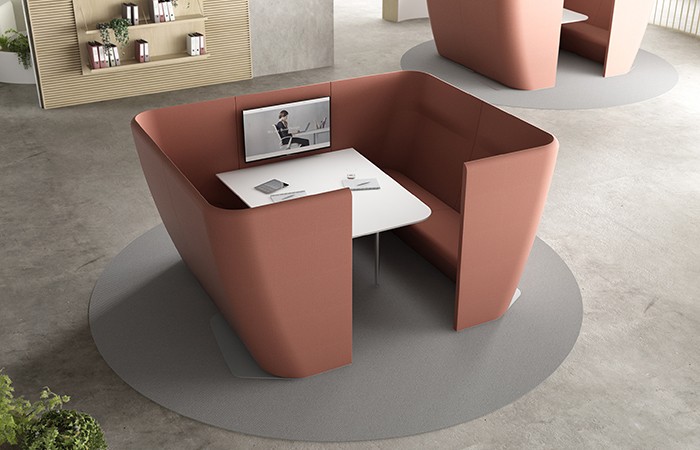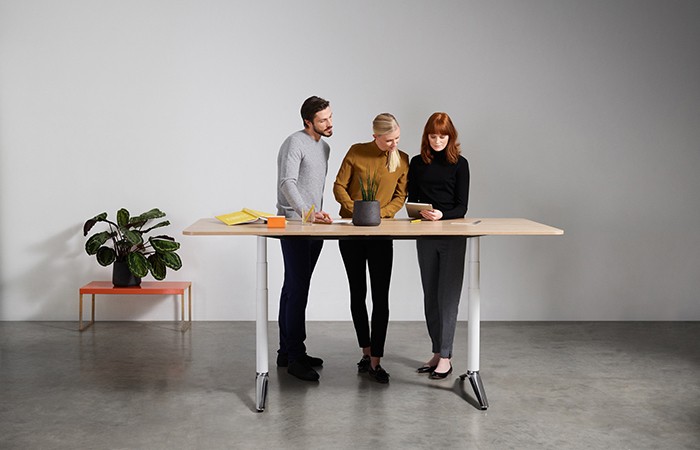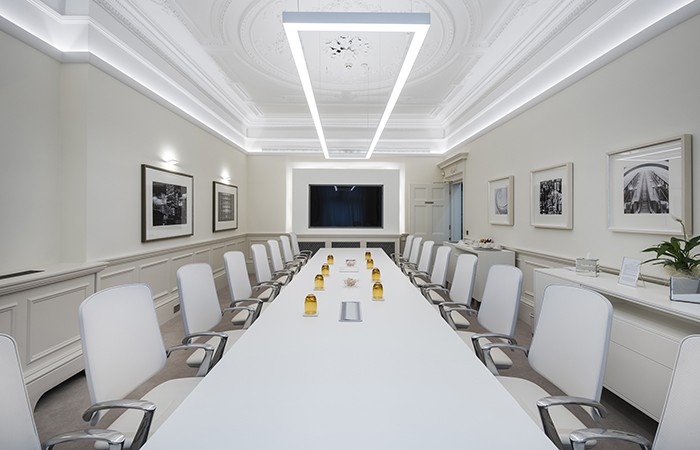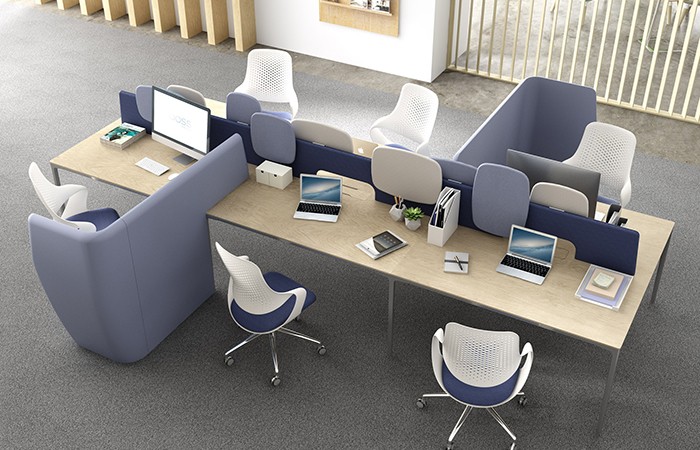To meet or not to meet…
Mark Barrell, Design Director at Boss Design, explains how the role of meetings is changing in response to the change in the workplace landscape.
The subject of meetings is an emotive one. Everybody has sat through unnecessary or misbegotten meetings and left them with an awareness of to-dos that will remain undone. Yet at the same time, meetings are essential in a world that is reliant on relationships and the exchange of ideas and information.
Organisations are focused on collaboration, togetherness and serendipity for very good reasons. Knowledge, engagement and personal interactions are the foundations of their success. Therefore, it’s essential that the places in which all of these things take place provide a sophisticated and adaptable response to these complex needs. Arguably, the most common complaint about meetings is that they are unnecessary or at least don’t make the best use of somebody’s time.
The State of Meetings Report 2019 estimates that managers now spend an average of two hours a week in pointless meetings. Interestingly, although a large majority of people prefer face-to-face meetings (76 percent), more than a third of people said that unnecessary meetings were the biggest cost to their organisation (37 percent).
What makes a good or bad meeting?
Keep it small: Jeff Bezos of Amazon instituted a two-pizza rule for meetings, meaning that if it would take more than two pizzas to feed everybody taking part, the meeting has too many people involved. A 2010 study found that for each additional person over seven members in a decision-making group, decision effectiveness was reduced by approximately 10 percent.
Keep it short: The unwritten rule is that a meeting lasts a minimum of an hour regardless of what it’s about. However, it might also be advisable to restrict it to 48 minutes to put pressure on attendees to get through it. A similar idea is that of a meeting time bank in which a set amount of time in a given period – week, month – is allocated to meetings and no more.
Keep it upright: One other way to limit the time spent in meetings is to hold them standing up. As well as ensuring that people remain focused because they can’t get too comfortable, the meetings are often shorter and more efficient. Standing meetings can be beneficial to our health as they offer the opportunity to sit less and move more.
Avoid collaboration overload: In the world of open plan offices, 24/7 communication and the amount of time spent in meetings, we can also suffer from collaboration overload. It’s estimated that knowledge workers spend 70-85 percent of their time attending meetings (virtual or face-to-face), dealing with e-mails, talking on the phone, or dealing with an avalanche of requests for input or advice.
Creating the right place to meet: Every physical meeting space sends clear signals to the meeting’s participants – signals that set the tone and provide a context for the conversation, even when they are subtle. For instance, there’s a marked difference between a conversation around a boardroom table and another that takes place in a breakout space, with the participants seated in a circle on bean-bags. It’s also important that there is a choice of meeting spaces that they can use depending on the purpose of the meeting and the people involved.
Impromptu sparks: How to bring people together in prearranged ways should also be considered; such as getting them to collide with each other and produce a spark. It’s not just about getting people to come together, but about adding value, as it should be for all meetings. Apple’s newest headquarters are designed to maximise the incidence of chance encounters between people and harness their potential.
Activity-based working: An optimal solution is for an office to be designed around the principle of agile or activity-based working; where a series of Habitats are designed to meet the needs of people for different types of tasks and to meet the needs of different job functions and personality types. Not only do this lead to faster project times, better ideas and working relationships and a reduced need for space, people prefer to work in this environment and it’s certainly better for them.
By switching to activity-based working, organisations can improve productivity and communication, not to mention job satisfaction and work/life balance. Meetings can then become a conduit for change.
Explore Boss through BCFA’s Product Finder





